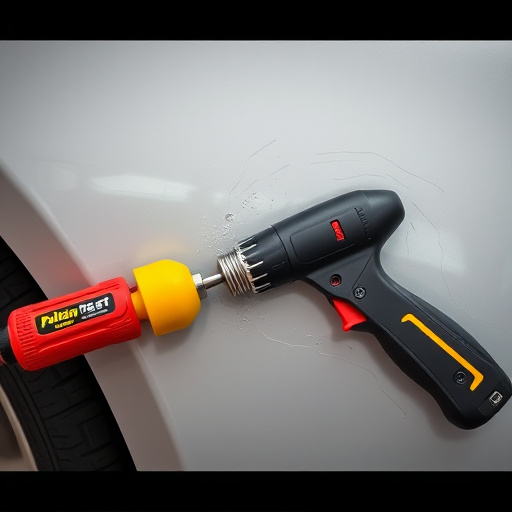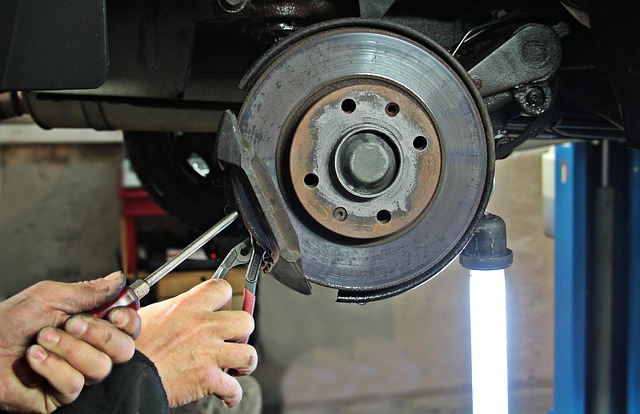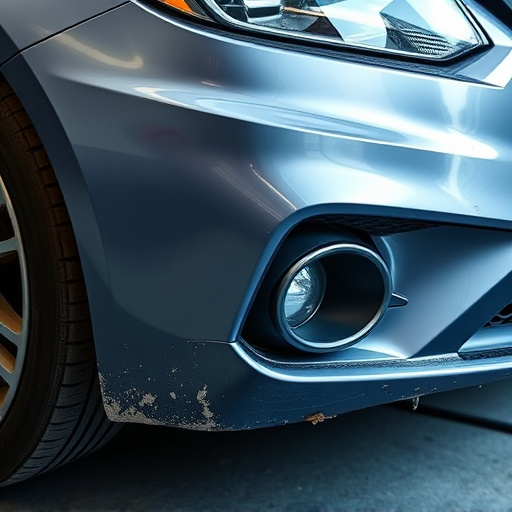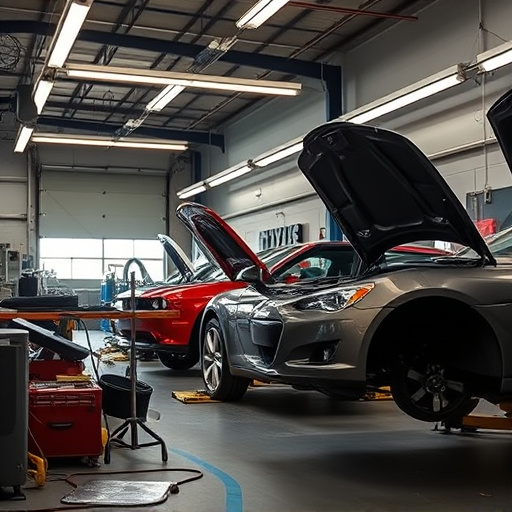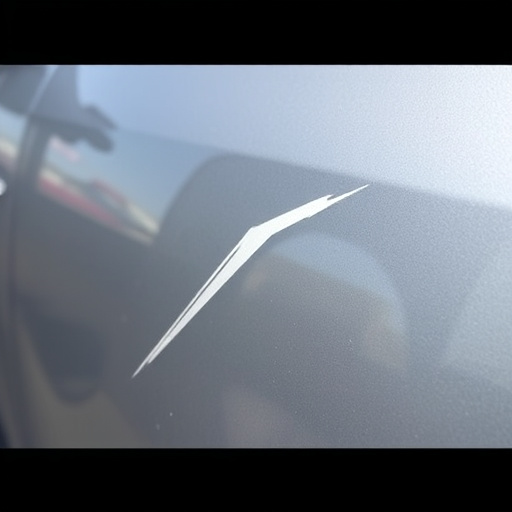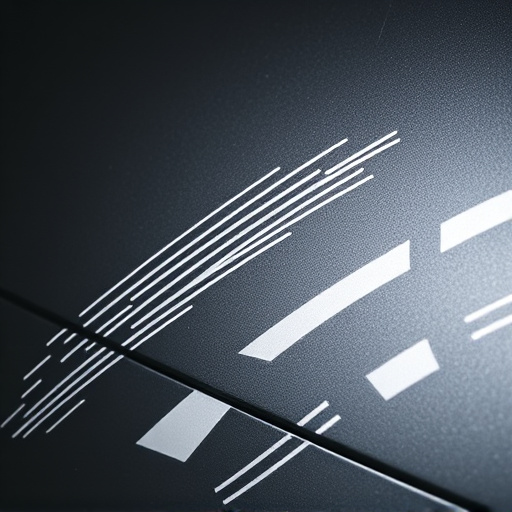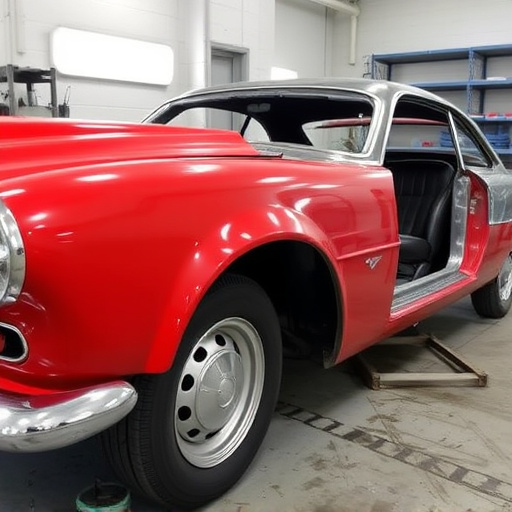AC system collision repair requires skilled technicians using advanced diagnostic techniques and specialized tools to meticulously inspect and fix damage. Pre-test preparation involves assessing vehicle condition, clearing workspace, and wearing safety gear. Comprehensive performance testing ensures optimal AC function post-incident, covering cooling capacity, refrigerant leakage, and energy efficiency through rigorous compressor, coil, and condenser unit tests. Post-repair verification includes checking refrigerant levels, seals, connections, and cooling performance under various conditions to meet environmental standards.
“Enhance your knowledge on AC system collision repair with this comprehensive guide. Effective post-collision testing plays a crucial role in ensuring optimal system performance and passenger safety. This article delves into two key aspects: understanding the fundamentals of AC system collision repair, and mastering pre-test inspections and performance testing protocols. By adhering to these practices, you’ll revolutionize your approach to post-collision AC system repairs.”
- Understanding AC System Collision Repair Basics
- Pre-Test Inspection and Preparation Steps
- Comprehensive Performance Testing Protocols
Understanding AC System Collision Repair Basics

When it comes to AC system collision repair, understanding the basics is crucial for both professionals and car owners. The process involves meticulously assessing and fixing any damage incurred during a collision, ensuring that not only the vehicle body repair but also the intricate AC system functions optimally. In an automotive body shop, skilled technicians employ specialized tools and knowledge to diagnose issues, replace damaged components, and restore the cooling efficiency of the AC system.
For instance, in the case of a Mercedes-Benz repair, where precision is paramount, every detail matters. Technicians must carefully inspect for dents, cracks, or leaks that could compromise the AC system’s integrity. By combining advanced diagnostic techniques with meticulous vehicle body repair, they guarantee not just a visually appealing restoration but also a fully functional AC system ready to combat the hottest of summers.
Pre-Test Inspection and Preparation Steps
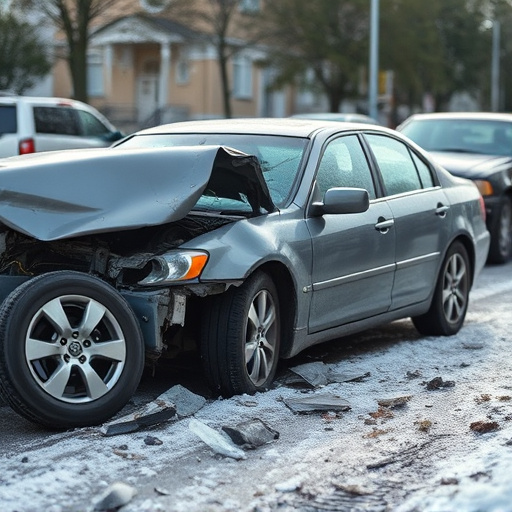
Before conducting any performance testing on an AC system after a collision, it’s crucial to perform a meticulous pre-test inspection and preparation. This involves assessing the overall condition of the vehicle, with special attention to any visible damage, particularly in areas around the AC components. Inspect for any leaks, cracks, or deformations in the hoses, condensers, evaporators, and other critical parts. This initial step ensures that you have a clear understanding of the system’s integrity and potential challenges ahead.
Additionally, preparing the workspace by clearing it of debris and ensuring proper ventilation is essential. For Mercedes Benz collision repair or any car paint repair involving AC systems, using appropriate safety gear such as gloves, goggles, and masks is vital to prevent accidental exposure to harmful chemicals. This thorough preparation not only guarantees accurate test results but also safeguards the technicians involved from potential hazards, especially when dealing with scratch repair or more complex ac system collision repair scenarios.
Comprehensive Performance Testing Protocols

Comprehensive performance testing is an integral part of AC system collision repair, ensuring that the unit functions optimally after any incident. These protocols involve a meticulous process to evaluate various aspects of the air conditioning (AC) system’s efficiency and reliability. By simulating real-world scenarios, technicians can assess cooling capacity, refrigerant leakage, and overall energy efficiency. This includes rigorous tests for compressor performance, evaporator coil functionality, and condenser unit integrity—all critical components in an AC system.
Post-collision or after any auto repair shop service, it’s essential to verify that the AC system is not only operational but also meets environmental standards. Comprehensive testing protocols for car bodywork services should include checking for proper refrigerant levels, evaluating seals and connections, and measuring cooling performance under different operating conditions. This ensures that the automotive restoration process not only repairs physical damage but also restores the AC system’s effectiveness, providing a comfortable driving environment without compromising safety or sustainability.
After delving into the intricacies of AC system collision repair, from understanding basic principles to preparing for testing, it’s clear that comprehensive performance testing is paramount. By implementing the outlined protocols, technicians can ensure these systems function optimally post-collision, providing comfort and efficiency for vehicle owners. Remember, a well-tested AC system not only enhances the vehicle’s overall performance but also contributes to passenger satisfaction.



